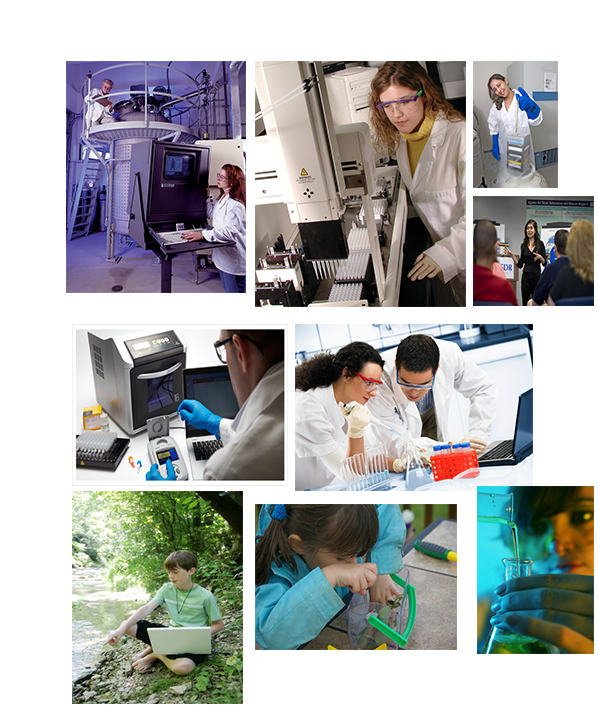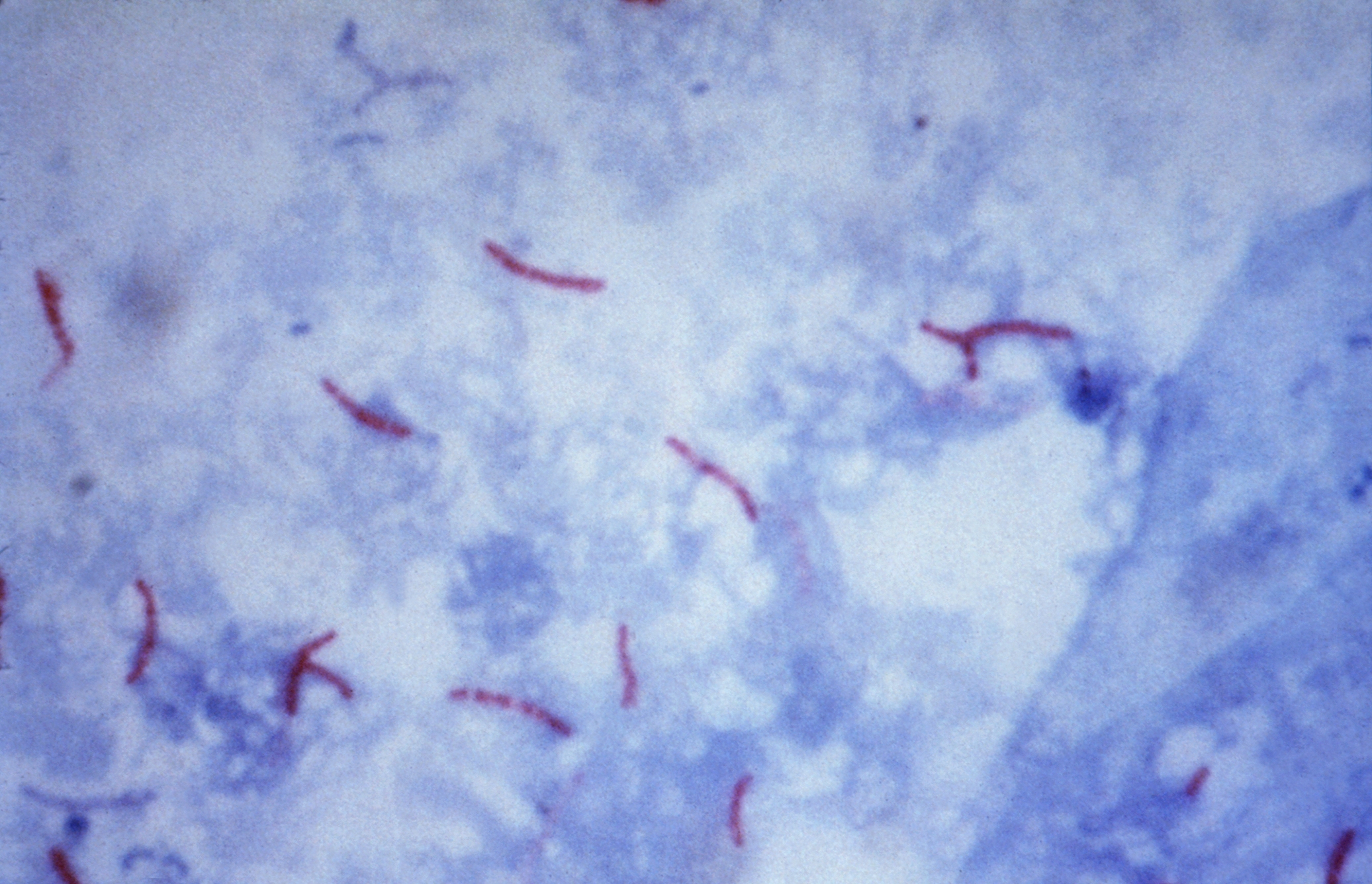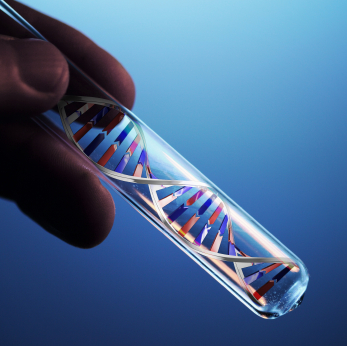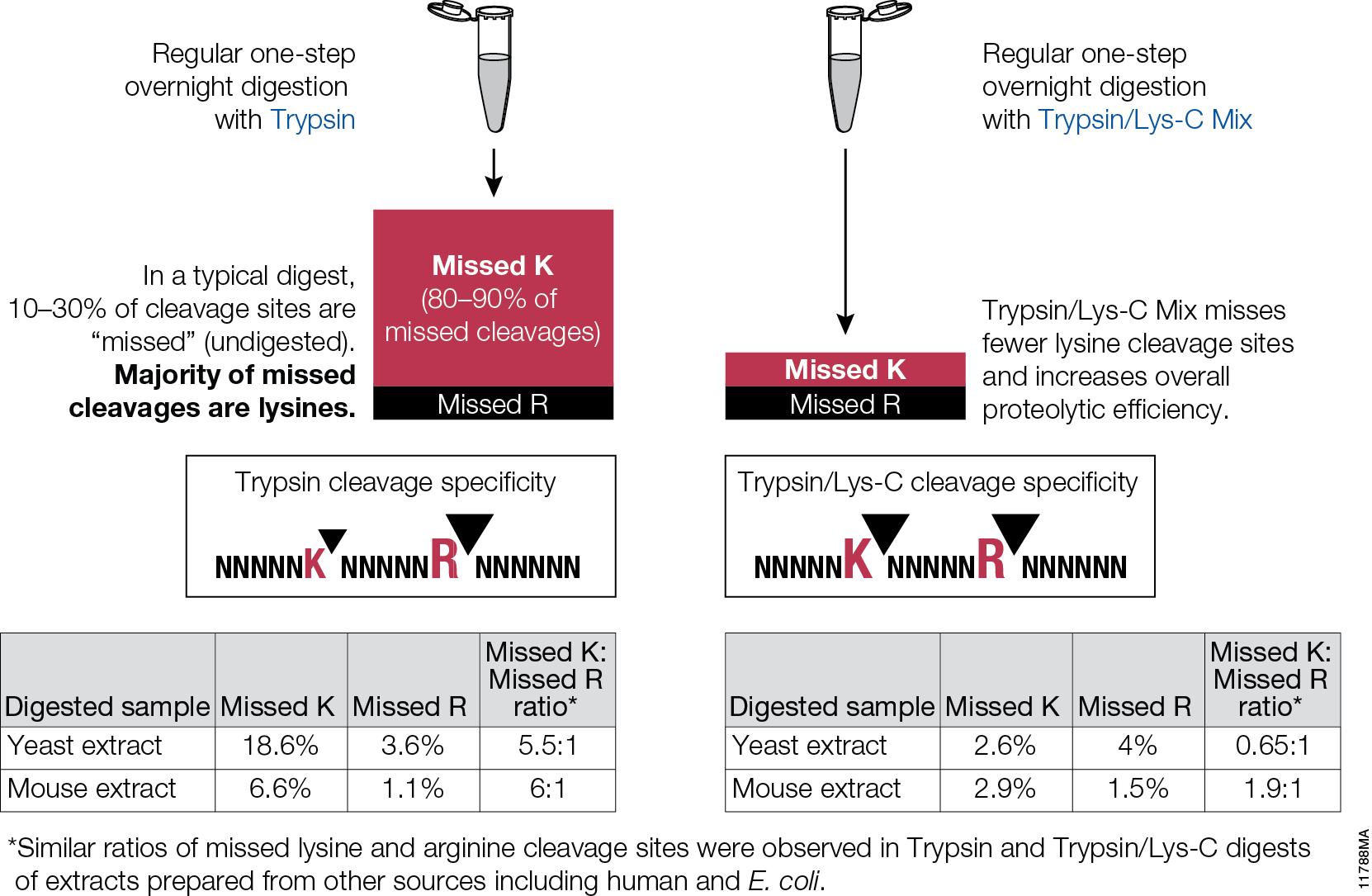 I am the mother of a six-year-old girl who loves to get magazines in the mail. For several years my daughter has received an enjoyed popular kids’ science/international culture magazine. The stories are short and simple, and this magazine usually does a good job of presenting factual information in easy-to-digest forms. Each magazine comes with a set of animal cards, which we have diligently collected.
I am the mother of a six-year-old girl who loves to get magazines in the mail. For several years my daughter has received an enjoyed popular kids’ science/international culture magazine. The stories are short and simple, and this magazine usually does a good job of presenting factual information in easy-to-digest forms. Each magazine comes with a set of animal cards, which we have diligently collected.
However, the latest issue that came to our mailbox really got me thinking. The final pages featured artwork by the young readers. I love the idea of featuring the work of the readers. Usually, my daughter loves seeing what other children her age from around the world draw and take pictures of, and sometimes we have some pretty interesting discussions about the work.
This time though we didn’t spend much time talking about the art work. She wasn’t particularly interested, and I wasn’t sure I what I thought. But I may have missed a teachable moment. The theme for the pages was a Halloween-minded “spooky science”, and all of the pictures were of “mad scientists” alone at work doing presumably nefarious things in their laboratories. Of the eight drawings pictured, six of them pictured scientists that were human, and five of the humans were male. All of them were pale-skinned. The sole female scientist, whose lab featured a certificate with the words “monster maker”, was drawn by a girl. The ages of the children submitting the work ranged from 9 to 14. Continue reading “Is This What a Scientist Looks Like?”
Like this:
Like Loading...



 We all know that a healthy lifestyle (diet high in whole foods and low in fat, moderate exercise, managing stress and good social support) is good for us. In fact I will go so far as to say that it isn’t even news that these things help our health and well-being. What is news, or at least newly published, is that these changes may also have a positive effect on telomerase activity and telomere length (1).
We all know that a healthy lifestyle (diet high in whole foods and low in fat, moderate exercise, managing stress and good social support) is good for us. In fact I will go so far as to say that it isn’t even news that these things help our health and well-being. What is news, or at least newly published, is that these changes may also have a positive effect on telomerase activity and telomere length (1). 

 The ability for adults to digest the milk sugar, lactose, is often referred to as lactase persistence (LP), describing the continued (persistent) production of lactase into adulthood. LP is an autosomal dominant trait that is most often associated with a T allele situated 13,910 base pairs (–13,910*T allele) upstream of the lactase gene, LCT. Archaeogenetic data indicates that pre- and early Neolithic populations were largely LP-negative, and that the frequency of the LP phenotype rose dramatically in Europe around 8,000 years ago, coinciding with the Neolithic transition from a hunter-gather to an agricultural-based lifestyle (1) and the appearance of domesticated dairying animals. Today roughly 35% of adults are lactose persistent. The frequency varies dramatically by geographic region, from a high prevalence in Europe (89–90%) and to a relatively low prevalence in the eastern Mediterranean (15%)(1). The spread of lactase persistence is an often cited example of gene-culture co-evolution. You can’t separate the history of domestic dairying and the evolution of lactase persistence, but scientists are still trying to understand how these two worked together.
The ability for adults to digest the milk sugar, lactose, is often referred to as lactase persistence (LP), describing the continued (persistent) production of lactase into adulthood. LP is an autosomal dominant trait that is most often associated with a T allele situated 13,910 base pairs (–13,910*T allele) upstream of the lactase gene, LCT. Archaeogenetic data indicates that pre- and early Neolithic populations were largely LP-negative, and that the frequency of the LP phenotype rose dramatically in Europe around 8,000 years ago, coinciding with the Neolithic transition from a hunter-gather to an agricultural-based lifestyle (1) and the appearance of domesticated dairying animals. Today roughly 35% of adults are lactose persistent. The frequency varies dramatically by geographic region, from a high prevalence in Europe (89–90%) and to a relatively low prevalence in the eastern Mediterranean (15%)(1). The spread of lactase persistence is an often cited example of gene-culture co-evolution. You can’t separate the history of domestic dairying and the evolution of lactase persistence, but scientists are still trying to understand how these two worked together.  Microorganisms; they are the most abundant form of life. They are all around us, silent, unseen and undetected. The number of ‘species’ of archaea and bacteria climbs every year and is predicted to rise well past one million (1). Despite their abundance, we know very little about all but a small fraction of these diverse cellular life forms because we are unable to cultivate most in a laboratory setting. In fact, 88% of all our microbial isolates belong to just four bacterial phyla (Proteobacteria, Firmicutes, Actinobacteria and Bacterioidetes; 2). The remaining branches of the microbial phylogenetic tree range from underrepresented to virtually unknown and are collectively referred to as “microbial dark matter”.
Microorganisms; they are the most abundant form of life. They are all around us, silent, unseen and undetected. The number of ‘species’ of archaea and bacteria climbs every year and is predicted to rise well past one million (1). Despite their abundance, we know very little about all but a small fraction of these diverse cellular life forms because we are unable to cultivate most in a laboratory setting. In fact, 88% of all our microbial isolates belong to just four bacterial phyla (Proteobacteria, Firmicutes, Actinobacteria and Bacterioidetes; 2). The remaining branches of the microbial phylogenetic tree range from underrepresented to virtually unknown and are collectively referred to as “microbial dark matter”.

